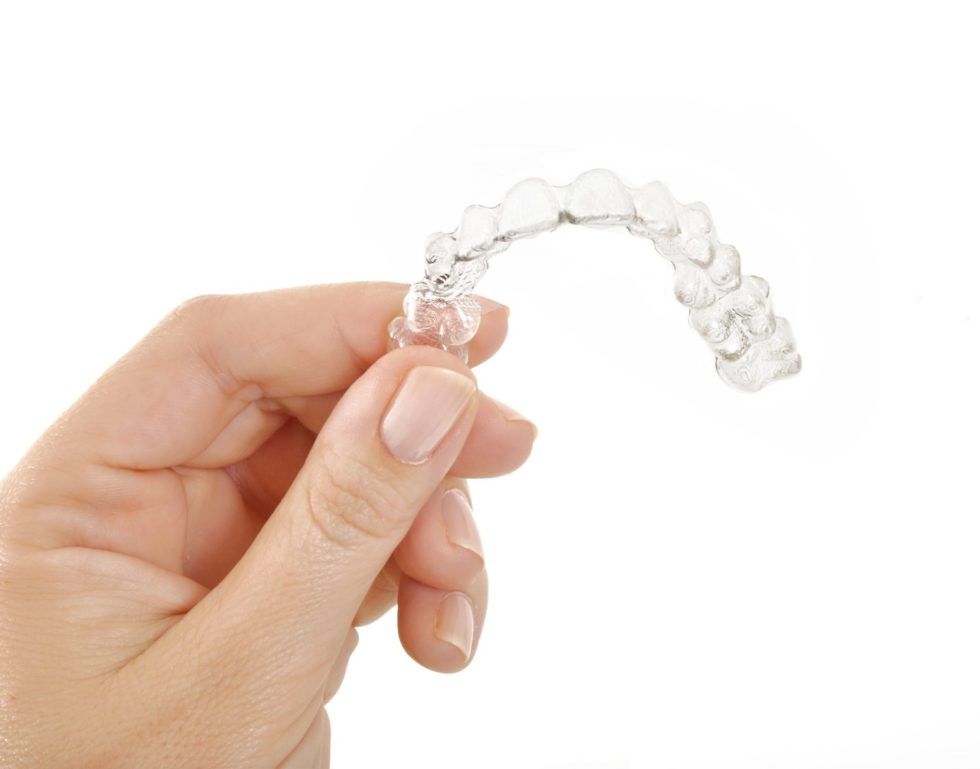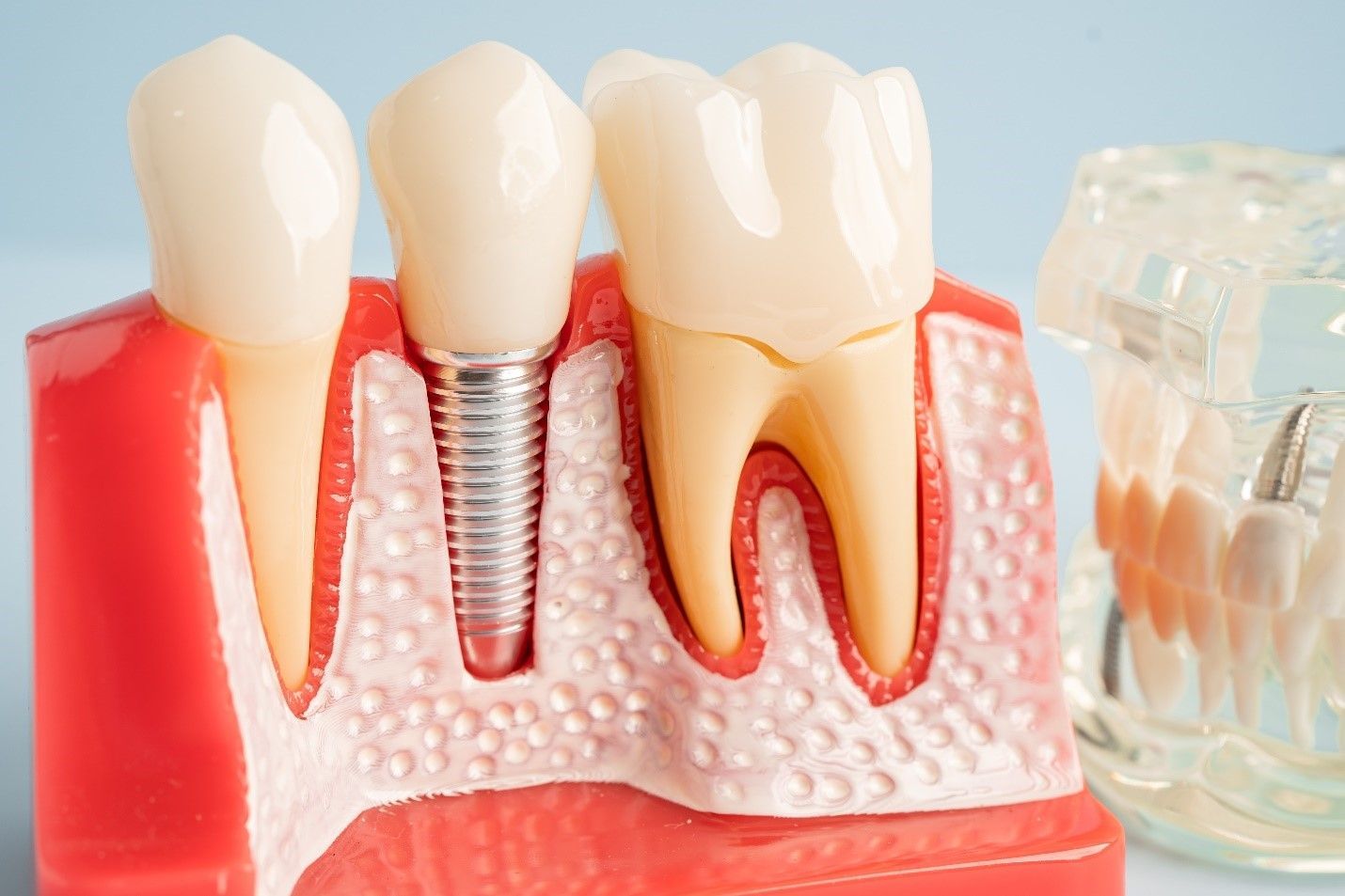HOW INVISALIGN WORKS

Having a perfect smile is not just about looks. There are health benefits associated with straighter teeth and alignment.
INVISALIGN
Yet, many individuals may be unwilling to go through the lengthy process of metal brackets or undergo regular in-office treatment and dental visits. They may also be weary of the required maintenance and having metal braces in their mouth 24 hours a day.
Invisalign aligners offer a unique and effective approach to straighten teeth without the need for metal braces.
If you think Invisalign is for you, you’ll need to go through a smile assessment to see how Invisalign aligners will work. An Invisalign provider uses 3D imaging to assess, project and design a course of treatment. Once the images are analyzed, the customized trays are produced with guidance from the provider’s specifications. One of our dentists will map out a plan to reveal the patient’s most perfect smile. It’s all made possible through patented thermoplastic technology, which controls the force and timing used to straighten and move teeth.
Once the design is approved, trays are delivered to the doctor’s office and are provided to the patient in a quick turnaround time.
The first thing patients notice is the physical appearance: Invisalign appliances are virtually invisible and do not require metal. They are also customized to fit around the shape and form of the patient’s teeth, fastening a precise grip for optimal tooth movement.
Invisalign aligners, made with smooth, BPA-free plastic, gradually and progressively shifts teeth with a series of trays. The trays are swapped out as the teeth conform to the desired position.
Aligner trays are replaced every one to two weeks. Each tray set moves teeth by about .25 mm.
Trays are easy to pop in, and unlike traditional braces, are comfortable to wear without any unsightly brackets or metal pieces. Depending on your treatment, you might wear rubber bands to assist tooth movement. The bands can be attached to the tray itself.
For many adults, treatment can last about 12 months. This will vary depending on the patient’s needs and severity of the case. Treatment time for younger people will also vary. Our team will work closely with you to determine and develop a treatment plan to address your orthodontic needs, including gapped teeth, overbites, underbites and crowded teeth.
Along with their physical appearance and advanced techniques, patients will appreciate how little Invisalign aligners interfere with their everyday life.
For instance, when it’s time for a meal, there’s no need to worry about picking at braces. Invisalign aligners can be removed for each meal, and simply placed back in afterward.
We can’t wait to help you realize your goal of a perfect and healthy smile with Invisalign.
Contact us today!
QUICK MENU
RECENT POSTS






